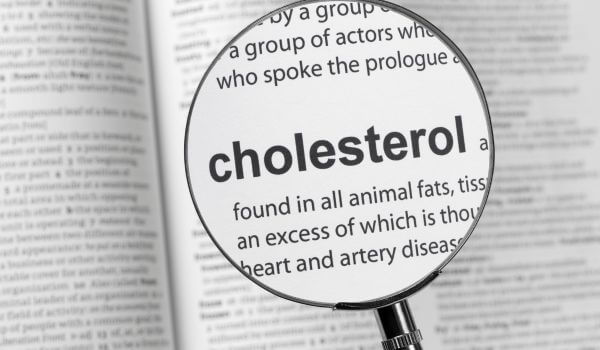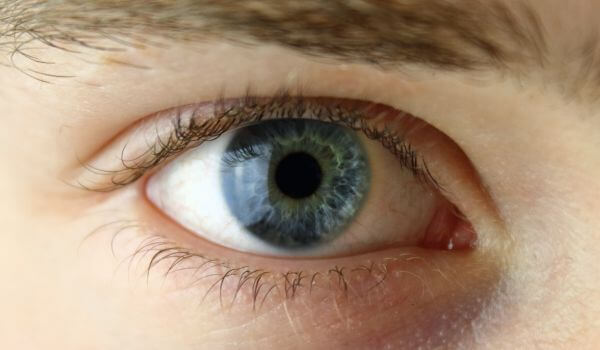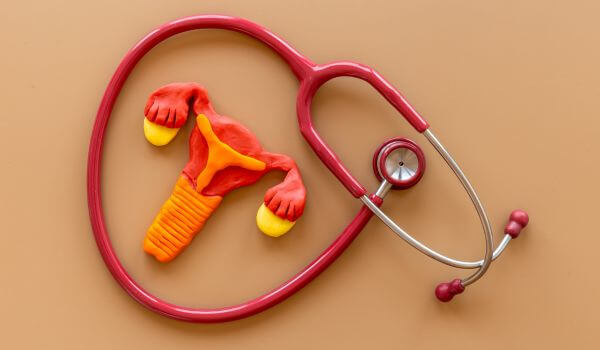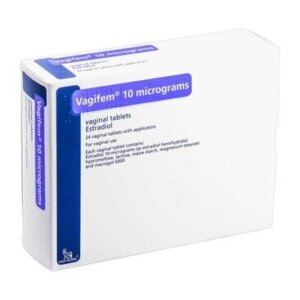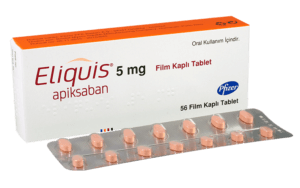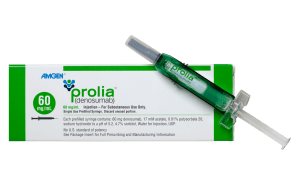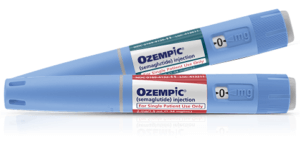Semaglutide is one of the ‘wonder drugs’ that revolutionized the treatment of adults suffering from type 2 diabetes and then went on to become a popular option for patients looking to lose weight. Like all drugs, there can be risk factors that result in side effects of semaglutide.
Semaglutide belongs to a class of drugs known as a glucagon-like peptide 1 (GLP-1) receptor agonist. “Agonist” means that the substance acts as a booster at the point where a molecule interacts with a cell. (The opposite action is labeled “antagonist,” which describes the action of blocking the point where the molecule would normally interact).
GLP-1 is a hormone produced in the gut that is released in response to the ingestion of food. Semaglutide works by slowing down digestion, stimulating the production of more natural insulin. This compares with other therapies for diabetes, which mainly involve direct intake of external insulin either by injection or oral medication.
Ozempic is the earliest form of semaglutide therapy and requires a weekly self-administered injection. Rybelsus is an oral tablet version of the same drug, taken daily. It’s important to know that these are not drugs that cure or prevent type 2 diabetes. These medications are meant to control the levels of insulin in the blood. It is still necessary to treat any related health problems, regularly check blood sugar levels, and take all the steps necessary for diabetes care and managing diabetes symptoms, such as dietary control and regular physical activity.
More recently, Wegovy is the version of semaglutide that doctors can prescribe for obese or overweight people looking to lose weight. It is specifically formulated to deliver higher doses that optimize the weight loss features of semaglutide. Its main effect in these cases is how it works as an appetite suppressant because of the primary action of slowing down digestion, leaving people feeling full for longer after eating smaller meals.
What are the side effects of Ozempic, Wegovy, and Rybelsus?
These can vary from person to person, and there are no hard-and-fast rules. The prescribing doctor would have weighed out the balance of risks and benefits when deciding to prescribe semaglutide therapy and when choosing between the three. One of the factors considered would be their slightly differing side effects.
Shared mild side effects of semaglutide:
All of the following side effects were reported in clinical trials and are expected to fade or become less as you get used to the drug. This is why Ozempic, Wegovy, and Rybelsus are administered in a program of steadily increasing strengths, allowing the body to adjust and adapt. If the symptoms persist or get worse, you should report them to the prescribing physician.
| Nausea | Nausea is the most frequently reported side effect, occurring for nearly one-fifth of cases and sometimes accompanied by vomiting. It is most commonly caused by overeating or eating too quickly. It can be avoided by eating smaller meals more frequently daily (5-6 small meals instead of two or three large ones) and avoiding triggers like high-fat and spicy foods. |
| Diarrhea | Diarrhea has been reported by about one in ten patients. It is more common in people getting the full dose of semaglutide. |
| Stomach ache | Mild aches can be felt after eating. If they become acute or persist, it may be a sign of a more serious side effect on the gallbladder (see below), and a doctor should be consulted immediately. |
| Hypoglycemia (low blood sugar) | The main action of semaglutide is to lower blood sugar levels. Unlike insulin treatments that can accidentally overdose and induce hypoglycemic shock, semaglutide is a self-controlling process and cannot produce too much insulin on its own. However, if a doctor has prescribed semaglutide together with another insulin or sulfonylurea therapy, then there is the risk of overproduction of insulin and hypoglycemia. |
| Mild allergic reaction | In the case of the self-injectables (Ozempic and Wegovy), some slight itching or signs of a rash at the point of injection may be transient. However, see also the table below concerning serious side effects if the allergic reaction is more severe. |
Specific mild side-effects of Ozempic and Wegovy
Unlike with Rybelsus, patients in clinical trials exhibited some slight feelings of fatigue. Also, because they are administered by subcutaneous injection, some reactions can occur, like pruritus, swelling, or inflammation at the injection site.
Serious side effects of semaglutide.
Although very rare, there have been reports of the following side effects. In any such event, report immediately back to the prescribing physician.
| Pancreatitis | Signs of inflammation of the pancreas (pancreatitis) include severe and persistent pain in the abdomen with or without vomiting. The pain can radiate from the abdomen around to the back. |
| Changes in vision | Any blurring or double-vision |
| Allergic reactions | Symptoms of an anaphylactic reaction, a severe allergic reaction that shows up with swelling of the face, lips, tongue, or throat; problems breathing or swallowing; a severe rash or itching; fainting or feeling dizzy; and a very rapid heartbeat. If any of these are seen shortly after taking a dose of semaglutide, call 911 or go immediately to an emergency room. |
Serious side effects specific to Ozempic and Wegovy
Only with Ozempic and Wegovy but not with Rybelsus can patients get gallbladder problems, which may include pain in the upper abdomen, jaundice (yellowing of the skin or eyes), fever, and clay-colored stools. These should be referred to a healthcare provider immediately.

